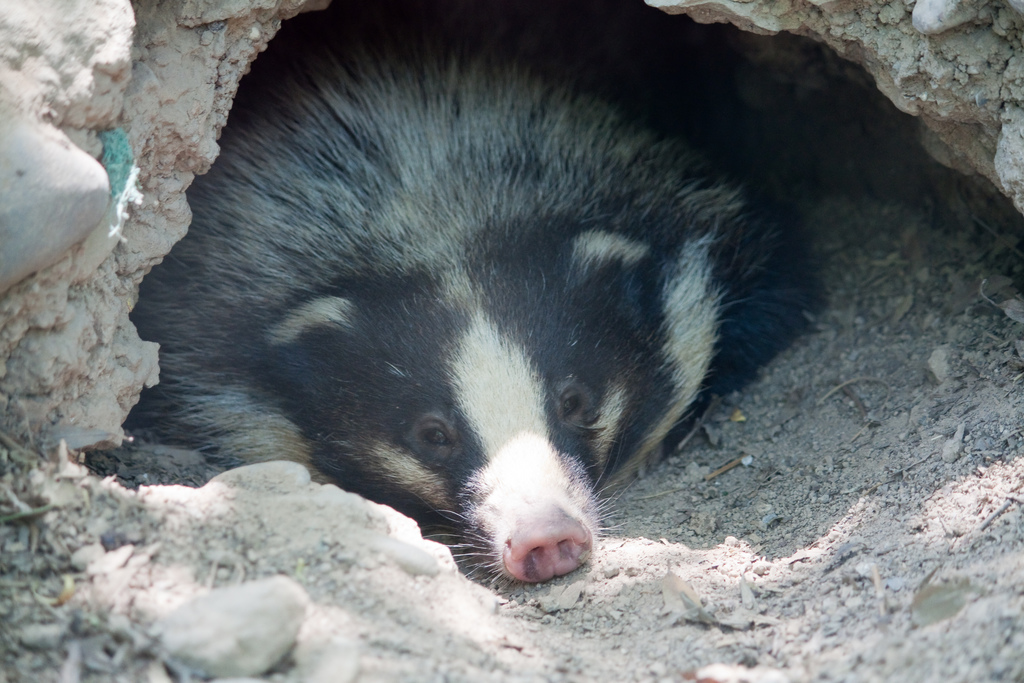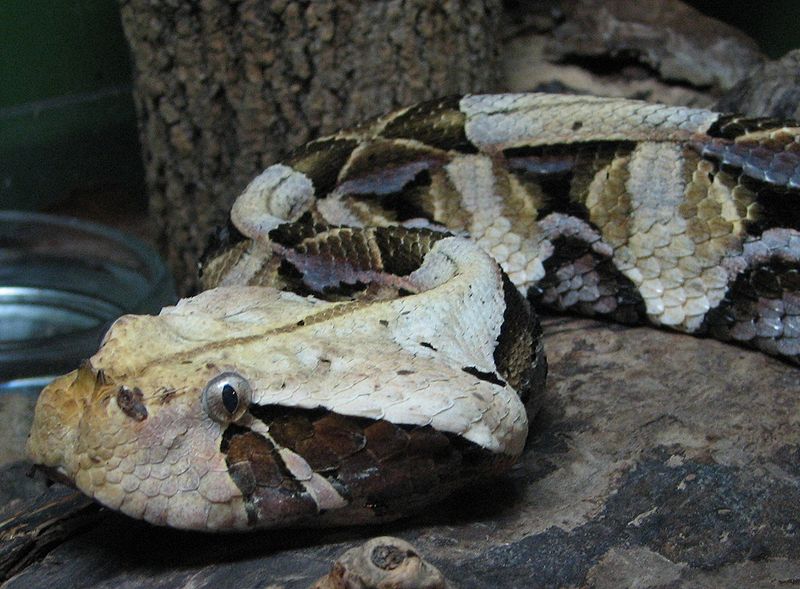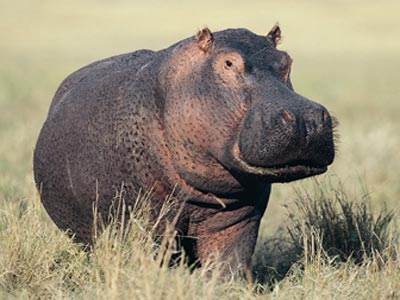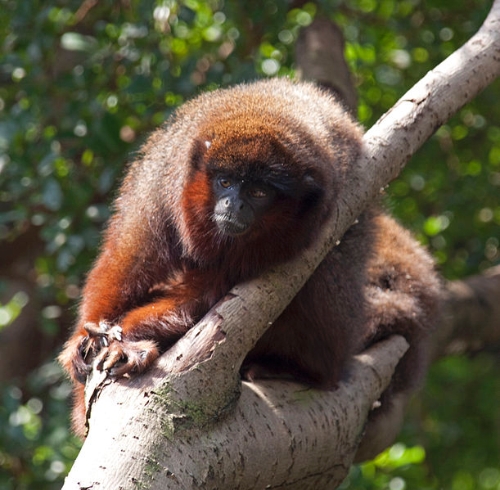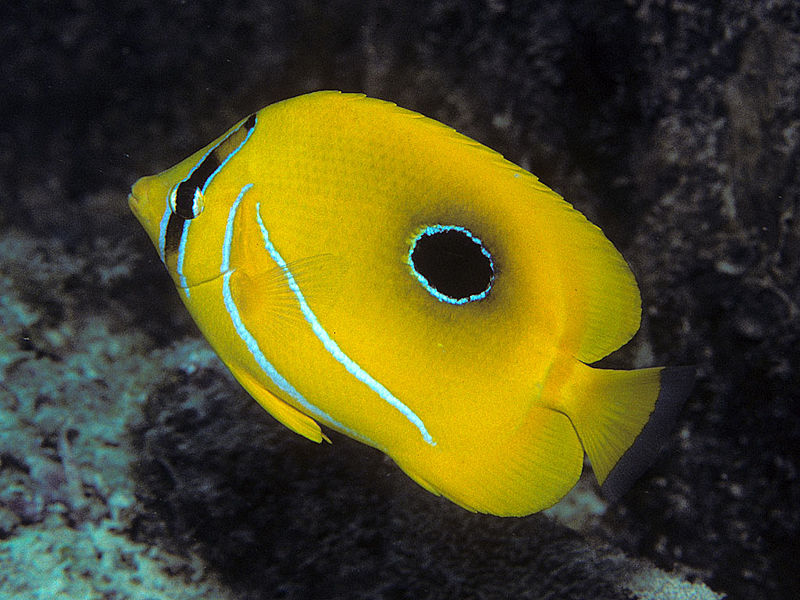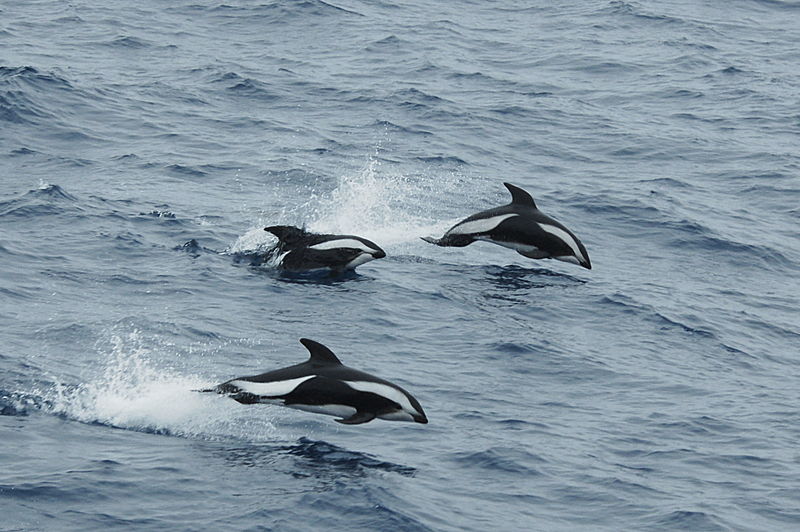
Did You Know?
- The Hourglass Dolphin lives in antarctic and sub-antarctic waters
- They are the only cetacean to have been accepted as a species based only on witness observations
- This Dolphin was classified as a species in 1824 by Qouy and Galmard
- As of 2010 only 6 complete and 14 partial specimens have been examined
The Sea Cow
The black and white colouring of the Hourglass Dolphin lead to them being known as “Sea Cows” by fishermen. If you look closely enough (and if you use your imagination a little) you can see the rough shape of an hourglass created by the white patches on their body. The unique shape of their patches naturally lead to them be known as the Hourglass Dolphin. Personally, I think it is like those pictures you need to stare at before you see what it is…and I was never good at those pictures so I don’t personally see the hourglass shape. Do you?

The Non-Judging Dolphin
The Hourglass Dolphin is a sociable creature and will typically congregate into pods ranging in size from 1 to 100 individuals, with their average group size being around 7. Interestingly enough, these dolphins are not only sociable with their own species. They have been known to “hang out” with a variety of animal species including, Fin Whales, Minke Whales, Southern Right Whales and even Killer Whales (Orcas). It is also nice to find animals that don’t judge other based on their species. These playful dolphins have often been observed bow riding on the waves of these much larger animals. I wonder if the whales ever get annoyed with the dolphins following them around all day?
The Benefits of Living in the Antarctic
One of the trends I have noticed while writing these Wild Facts is whenever animals live in an area that is good for human uses (i.e. agriculture, near large cities, etc) they have a much better chance of finding their way onto the endangered species list. Luckily, humans don’t have a whole lot of interest in the Antarctic and as such the population of Hourglass Dolphins is doing quite well. In fact, researchers estimate that there are over 140 000 individuals swimming the ocean waters. Let’s just hope that climate change doesn’t impact these beautiful creatures too badly.

